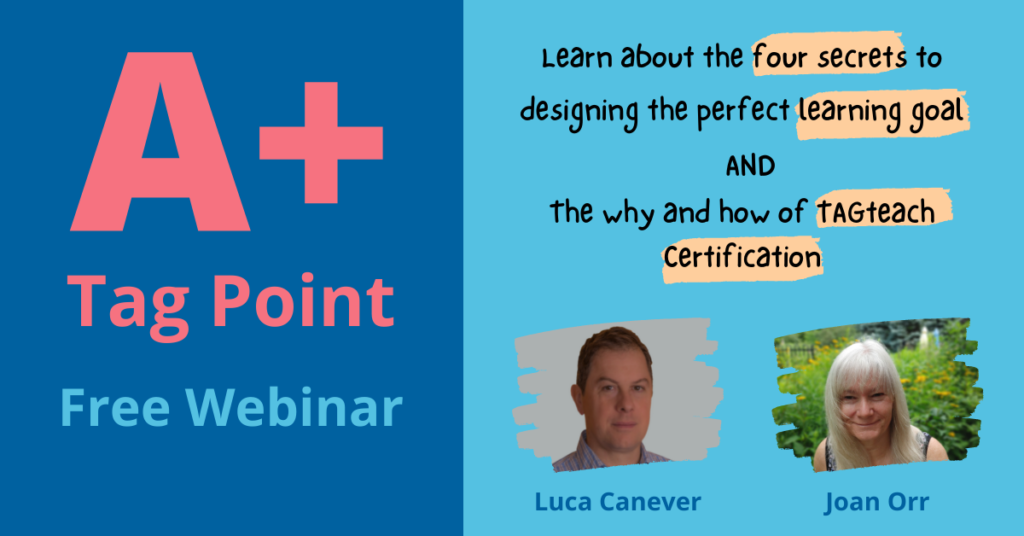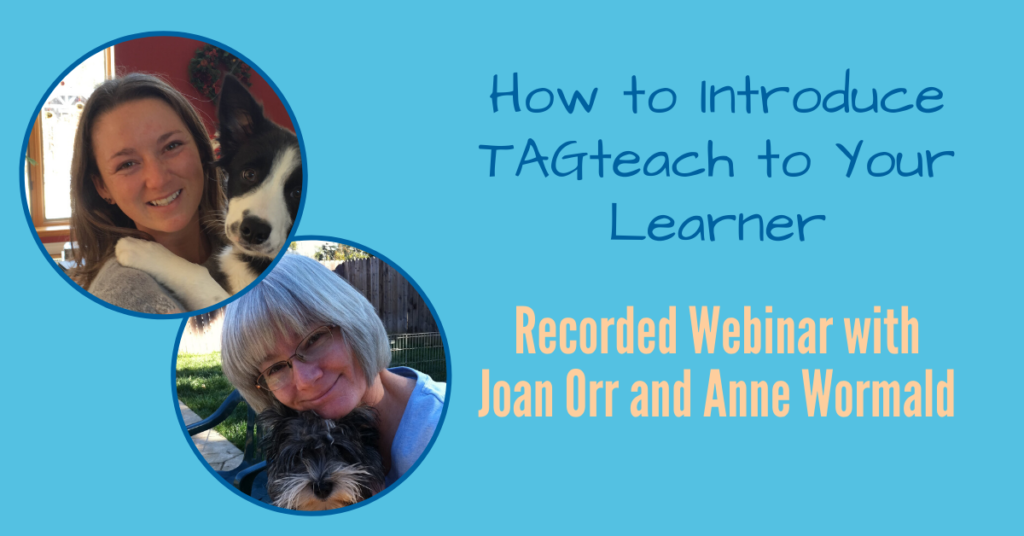You’re thinking about elephants aren’t you? I know you are! Despite the very explicit and clear written instruction in the title and even a carefully designed picture (worth a thousand words apparently), you are doing precisely the opposite of what I have wanted you to do. Is this a reflection of your inability to understand and follow even the simplest of instructions? Perhaps you are stubborn, slow to comprehend, lazy or just plain contrary? Or perhaps I have gone about the whole “not thinking about elephants” thing entirely the wrong way?
The Taxi Story
The brilliant and world famous animal behavior specialist Kathy Sdao often tells what has become known as the “taxi story” when she lectures. It goes something along these lines…
You arrive exhausted after a long flight, gather your luggage, wait in a long line for a cab and finally sink gratefully into the back seat of a sweet smelling and immaculate taxi. “Don’t take me to New York”, you say to the driver. The cab doesn’t move. You try again. “Don’t take me to Chicago”. Nothing. “Don’t take me to Detroit”. Exasperated, the cabbie turns to you and says, “Where DO you want to go”. You give him the exact address and he takes you straight there. Huh!
As absurd as we all recognize the above situation to be, we all do this in some form or other, because we have been conditioned to do so. In fact there is a pervasive belief that people NEED to make mistakes to learn. But is this really the best way? There are an infinite number of ways to do something wrong, but only one way (or a very few ways) to do it correctly. Doesn’t it make more sense to focus on what you WANT the learner (child, spouse, co-worker etc.) to do as opposed to highlighting the multitude of things you don’t want them to do?
How to Help People Learn it Right the First Time
There are many ways to help support learners so that they have the best chance of getting it right and thus becoming more confident, less anxious and more motivated to progress even further. In this article the focus is on just two aspects of this: 1) Ask for what you want, and 2) let the learner know when they get it right.
The learner only hears the last few words of instruction that you give before they try to do something, so it is important to make these last words count. Phrase these last words in positive terms and state clearly what it is that you want them to do. Here are some examples of rephrased instructions:
Don’t bend your knees… becomes… legs straight
Don’t poke the kid in line in front of you… becomes… hands in pockets
You are releasing the ball too low… becomes… release at shoulder height
Tell Them When They Get it Right
The second, and critically important part, of effective teaching involves reinforcing the correct behavior as soon as it happens. As soon as the learner does what you have asked for, you must let them know immediately. With TAGteach, we use a click sound to tell the learner “Yes! That was correct!” This is extremely effective because the sound can be delivered immediately and it is clear, precise and consistent.[1] All emotion and sense of being judged by the teacher or coach is removed. The learner has only to focus on whether they heard the sound (we call it a tag) or not.
So, the sequence of events with TAGteach is as follows:
- Tell the learner what you want. We phrase this by saying, “The tag point is… “, followed by what we want them to do. For example, “The tag point is point toes” tells the learner that the teacher will tag when the learner demonstrates pointed toes.
- Tag when the learner achieves the tag point.
- Follow up with a tangible reinforcer (candy, stickers, free time, choice of next activity, etc.) as necessary based on the needs and cognitive ability of the learner. Elite athletes and most adults don’t require anything more than the tag sound. Children with cognitive challenges may need a food reinforcer after each tag.
Video Examples
Watch these two videos that illustrate TAGteach in action and show how to make it clear to the learner exactly what to do. Watch what happens in both these videos when the learner makes a (rare) mistake. Note that there is no frustration, or dependence on the teacher for error correction.
This video shows an anxious and reluctant learner learning to swim. He needs to receive a candy after every tag. By the end of the session his skill and confidence has risen to the point that he is happily going into the pool by himself. This is of course the goal in all teaching: to have the learner be skilled and confident enough to enjoy the activity for its own sake and no longer to require any reinforcement from the teacher. This video is 5 minutes long, but we wanted to show the entire process, including mistakes so that you can see the confidence and skill building through the process.
This video shows an eager and athletic learner who wants to learn to high jump. She does not need anything other than the sound of the tag and feelings of success that come with improving skill.
Things to Remember
Remember these two things next time you want to teach something, or even ask someone to do something for you:
- Phrase the request (or instruction) in terms of What you Want.
- Let the learner know right away if the action was correct.
_______________________________________
[1] Vargas, J.S. 2009. Behavior Analysis for Effective Teaching. Routledge, NY. pg 182-186
The TAGteach Goal Setting Process
This article describes one aspect of the TAGteach goal setting process. There are four parts to creating a clear, precise, consistent goal. These are:
- What you want (express the goal in positive terms)
- One thing
- Observable
- Five words or less
You can easily remember these with the acronym WOOF
We have explained each of these in detail in separate articles. Here are the links to the rest of the series:
- What you want (the current article)
- One thing
- Observable
- Five words or less
WOOF Planner
Download your free WOOF planner with instructions to help you create effective tag points (or teaching goals) and register for an email series that will help you design the perfect learning goals. Your learners will thank you!




